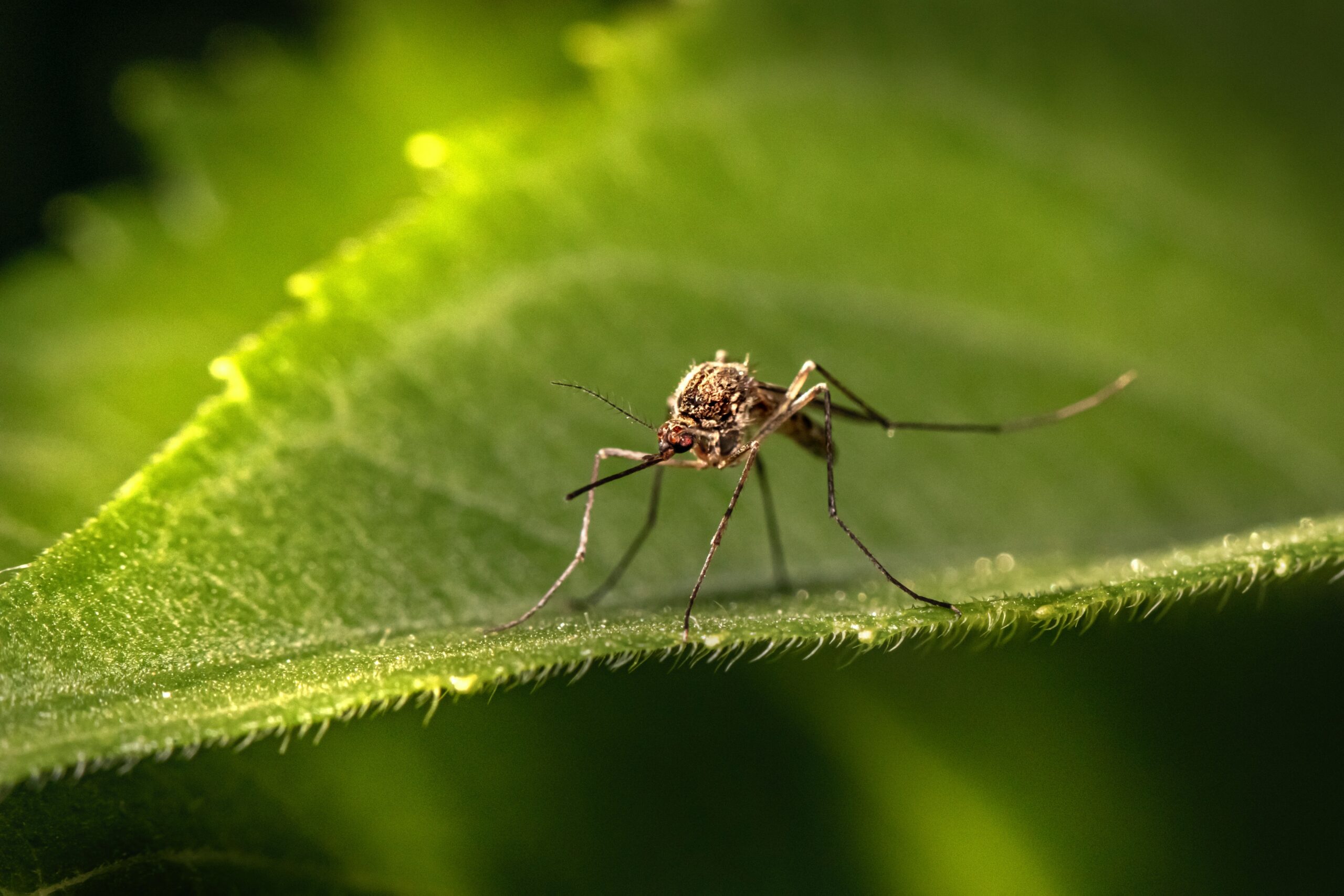
A trio of itchy, bloodsucking, disease-ridden stories of science:
1)Aedes aegyptiis a species of mosquito that inhabits tropical and subtropical regions of the world and is known to transmit yellow fever and Zika virus. In North America it is found primarily in the southern United States and Mexico, its northern range limited by winter cold.
A recent study investigated a 2019 report of incursion of Ae. aegypti in Moab, Utah. To collect specimens, researchers set up traps on properties nearby the initial report. Then they used genetic analysis to compare the mosquitoes to worldwide populations, and were able to trace them as having come from near Tuscon, Arizona. Until then, there was no history of an established population in the state of Utah. How did they get to Moab? Possibly as larva that hitched a ride in a small amount of water in a boat, RV, or trailer. While cold winters may prevent mosquito survival in the Moab area, microclimates such as greenhouses, septic tanks, storm sewers, or underground tunnels might create suitable short-term habitats. Better methods for identifying potential routes of introduction will be key to controlling future invasions and the diseases that they may bring.
2) Pumas (Puma concolor), also called mountain lions, panthers, cougars, or catamounts, are the widest ranging mammals (aside from humans) in North America. But how much do we know about how that large range may act as a vector for the spread of disease, particularly from fleas? A recent study examined fleas on pumas taken by hunters in Texas and Utah.
The authors report four new flea species occurrences discovered on pumas, three of which occurred in Utah. The majority are leporid fleas, whose principal hosts are rabbits and hares. A previous study found that rabbits and mule deer account for the largest share of puma diets in Garfield and Kane counties. But since mule deer rarely carry fleas, this new data indicates that rabbits and hares remain primary prey items for pumas in Utah, especially in winter, when the samples were collected. This is an important finding, as rabbits and hares have not been found to be an important food source for pumas outside of Utah.
Seven of eight flea species known to occur on wild pumas are acquired from their prey. Some of those species are known to become infected with sylvatic plague and pass it to their hosts through bite. Since pumas have large home range, they may spread the disease, or other pathogens such as tularemia and spotted fever, through their dispersal of infected fleas.
3) Ticks are arachnids, related to spiders and mites, that attach to a host (usually a mammal) to feed on its blood before molting into the next phase of its life cycle. There are several species of tick in Utah, including the Rocky Mountain wood tick (Dermacentor andersoni) and western blacklegged tick (Ixodes pacificus).
The western blacklegged tick is the only tick species in Utah capable of carrying Lyme disease, a complicated syndrome that causes many symptoms, including a bulls-eye rash at the bite location, flu-like symptoms, stiff joints, fatigue, and even disruptions to the heart and nervous system. Lyme disease is caused by a bacterium, Borrelia burgdorferi, that a tick acquires from an infected host and can then transmit in its saliva when it makes a second blood meal on another host. Since ticks are not tolerant to desiccation, Lyme is most prevalent in the Eastern and Midwestern United States, rather than the arid West.
Though research conducted 20 years ago showed that ticks in Utah were not infected with Lyme, studies have not been repeated more recently, and it appears that a small number of individuals diagnosed with Lyme in recent years may have acquired it in Utah. However, the likelihood of encountering a Lyme-bearing tick in Utah remains very low. And luckily, Lyme is easily treated with antibiotics. See state guidance for how to safely remove a tick, if you should find yourself with one.
[Photo credit Erik Karits/Unsplash]

